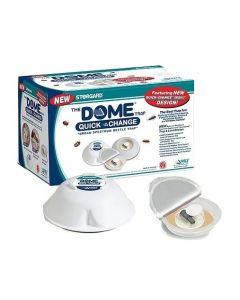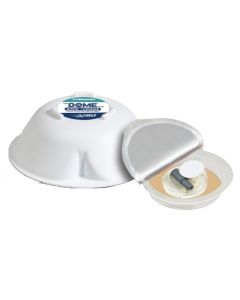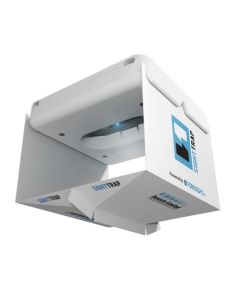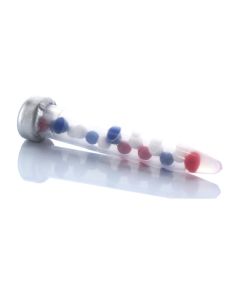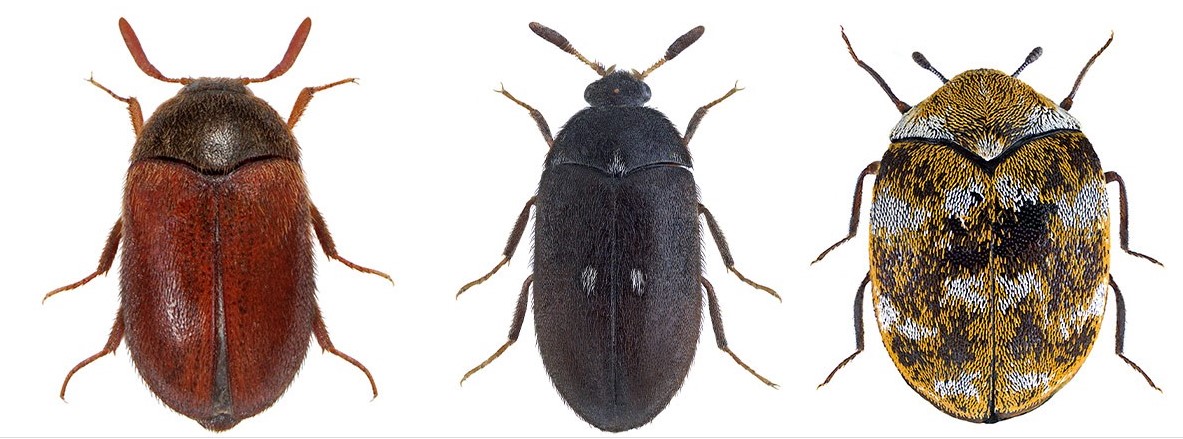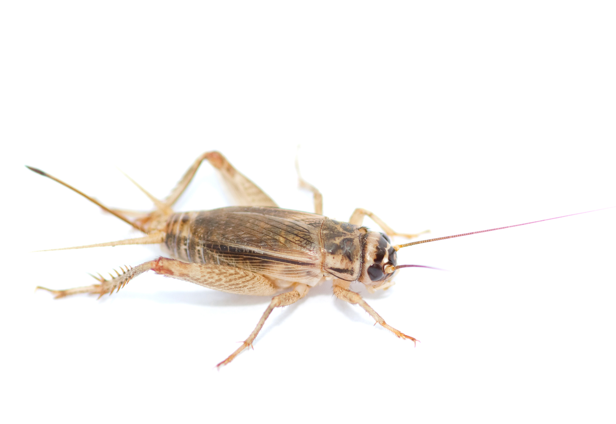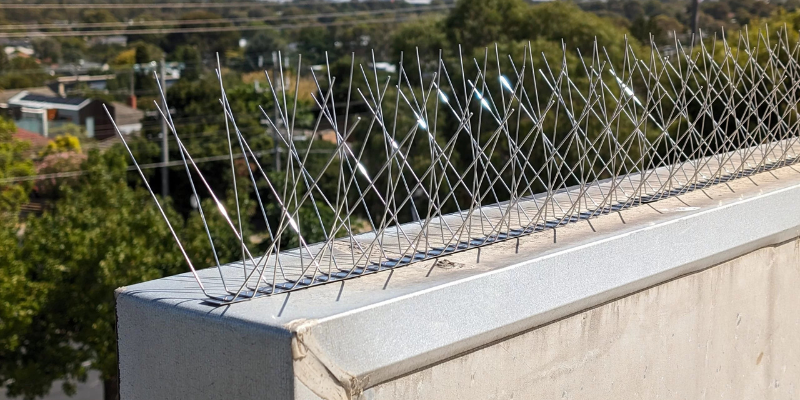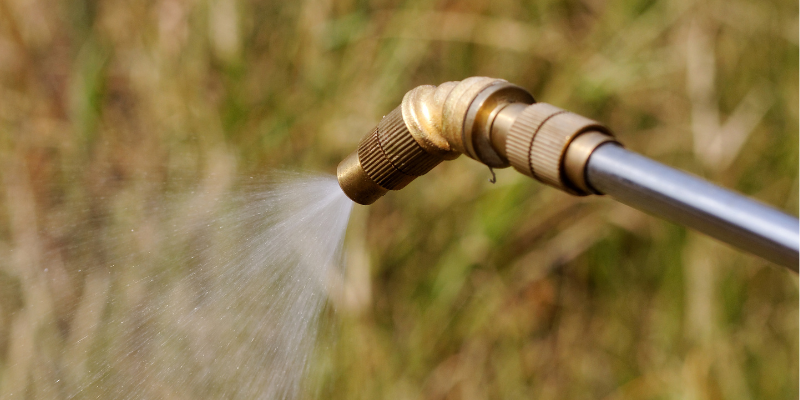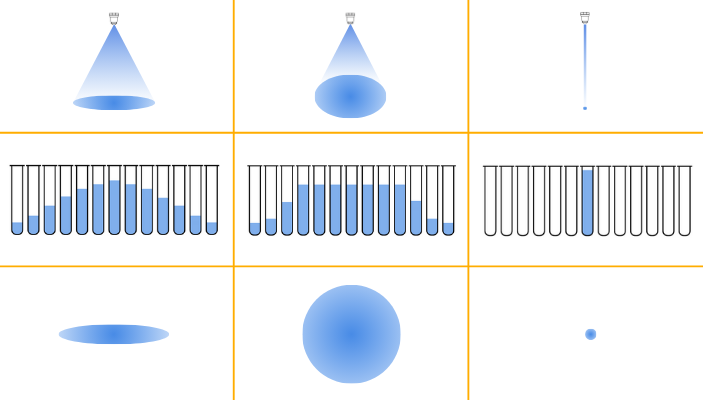Warehouse Beetle
Warehouse Beetle
Scientific Name: Trogoderma variabile
How to identify a warehouse beetle
Adult warehouse beetles are oval in shape and 1.8 to 3.0 mm long. They are light to dark brown in colour and covered with fine hairs. The elytra have various pale markings according to the species concerned.
The warehouse beetle larvae are oval in shape and vary in colour from being whitish brown when immature to reddish brown when mature. Transverse bands of hairs encircle the body.
Warehouse beetles will eat seeds, grains and packaged foods. They will also consume, bee and wasp nests, rodent/insect carcasses and droppings. It takes an expert to accurately identify species of the genus Trogoderma. If you need a suspect specimen identified, you will need to seek the services of a professional taxonomist at AQIS, CSIRO or a local Museum or University. Misidentification of this specie can lead to serious control issues.
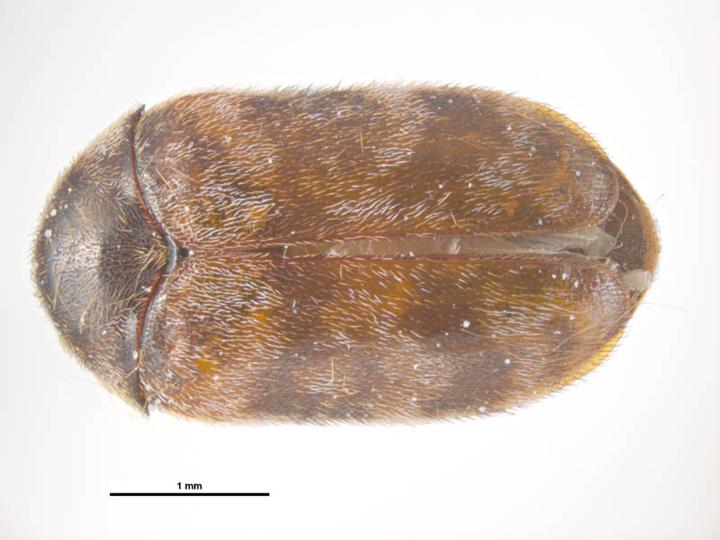
Where are warehouse beetles commonly found?
A potentially serious pest especially of bagged grain, bulk stored canola seed, processed and packaged food. They are often found in warehouses, farm granaries, flour mills, and food-packaging plants, and particularly from the latter they may be transported to the home in infested food materials. They may also infest household food products after breeding in carpets, hides, bird or insect nests, dead rodents, or other sources of infestation within the house.
Why are warehouse beetles considered a pest?
Stored product pests are responsible for enormous losses in many ways:
-
Losses due to direct consumption
-
Spoilage and loss of commodity quality
-
Contamination
-
Encouragement of mould growth in affected material
-
Economic losses
What is the biology and lifecycle of warehouse beetles?
The female beetles deposit their eggs at random throughout the foodstuffs on which they are feeding. The resultant larvae burrow into the food and undergo five to seven larval stages before they enter the pupal phase. In the last stage, larvae may excavate a pupal chamber into virtually any type of material e.g. timber, soft metal and plaster. The adults can live for many months and are good fliers.
Chemicals Required to Control Warehouse Beetle
A range of traps using pheromones and other attractants are available
-
These pheromone traps are designed as monitoring devices to determine whether a species is present, where the hotspots are and whether the numbers are high enough to justify an insecticide treatment
-
Traps are designed for monitoring in commercial environments
-
Traps can be effective as control measures in domestic situations (smaller areas)
Disrupters are a relatively new technology that can be used as part of an IPM program
-
The pheromone disrupts mating, breaking the breeding cycle
-
Disrupters can significantly reduce the need for spraying in commercial accounts
Management Tips for Warehouse Beetle
Residential treatments - Thorough inspection to find the source of the infestation
-
Check all food cupboards
-
Check open and unopened packets and containers
-
Dispose of any infested materials
-
If source cannot be identified check roof void / sub-floor
-
Carry out spot treatment to storage area surfaces if required
-
Use of pheromone traps to prevent future problems / monitor activity can be considered
Commercial treatments - Thorough inspection to find the source of the infestation
-
Infested stock will need to be disposed of or treated using grain protectants or fumigation options
-
Space sprays (often pyrethrum based) and surface sprays can be considered to target adults after (larvae) infestation has been controlled
-
Use of pheromone traps to prevent future problems / monitor activity can be considered


